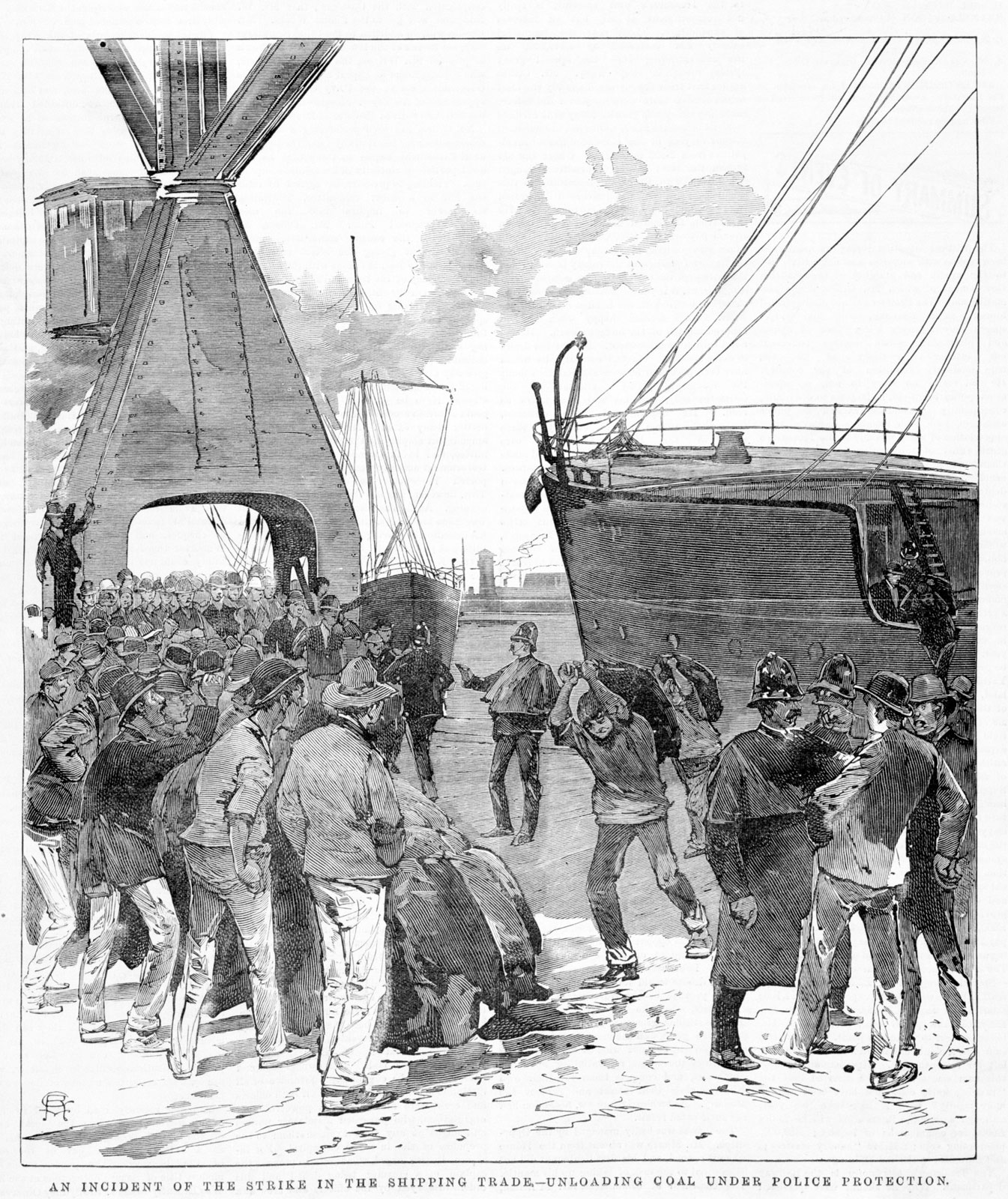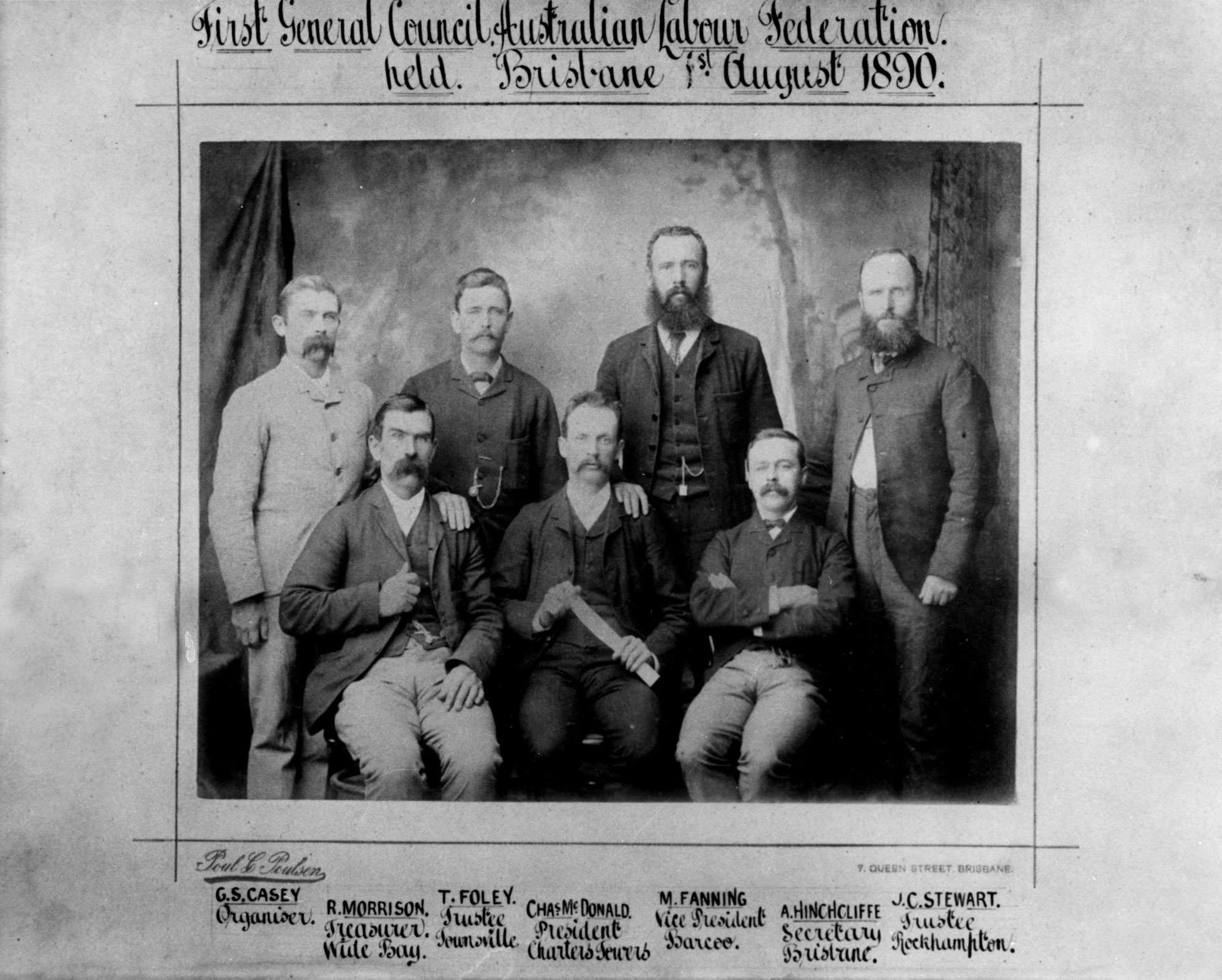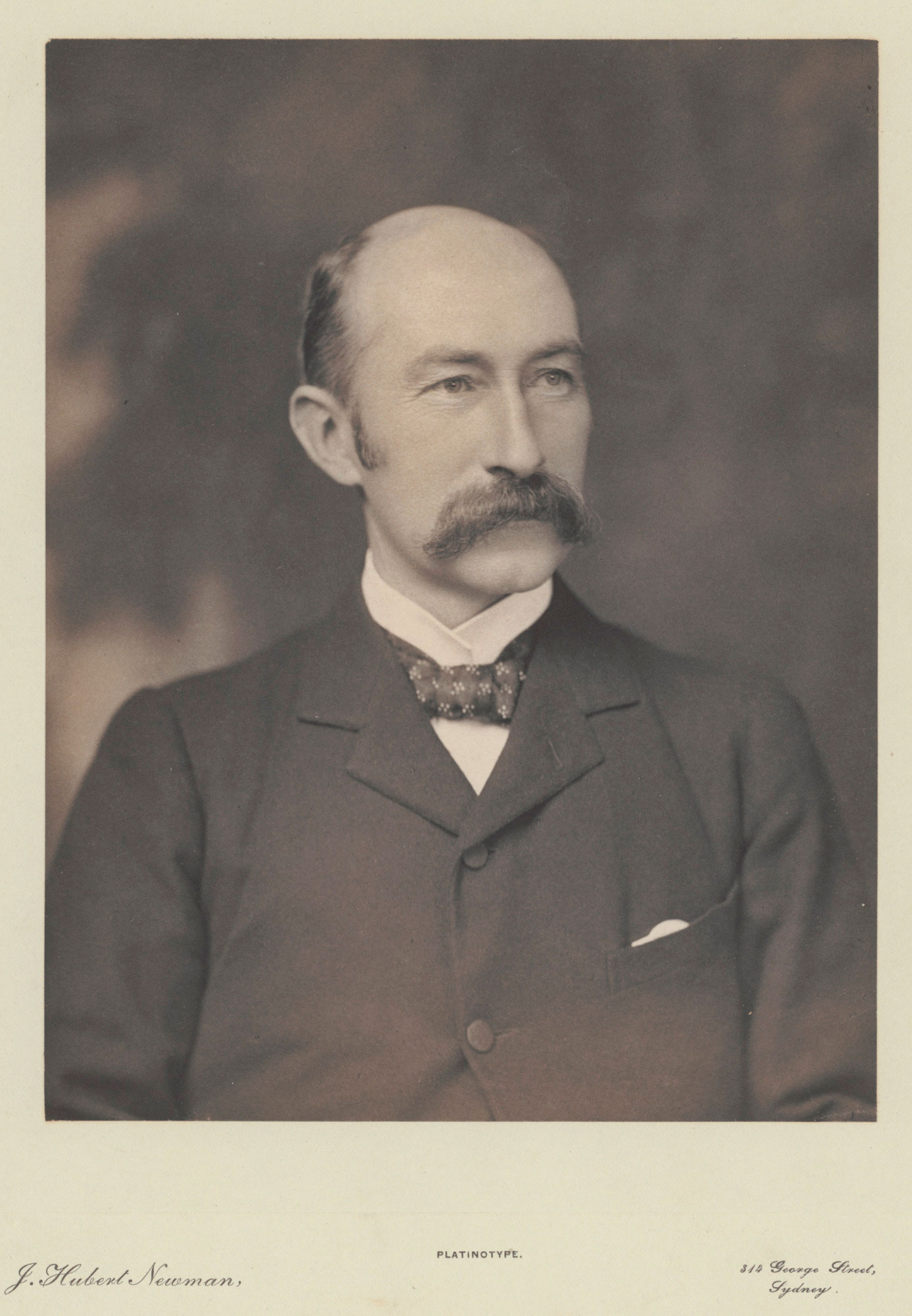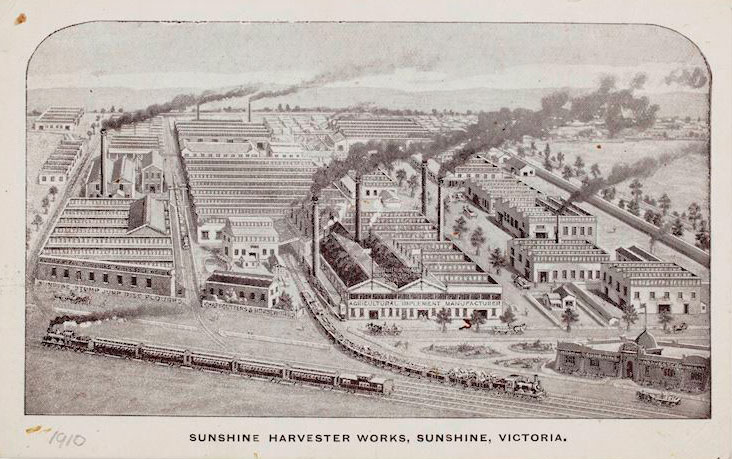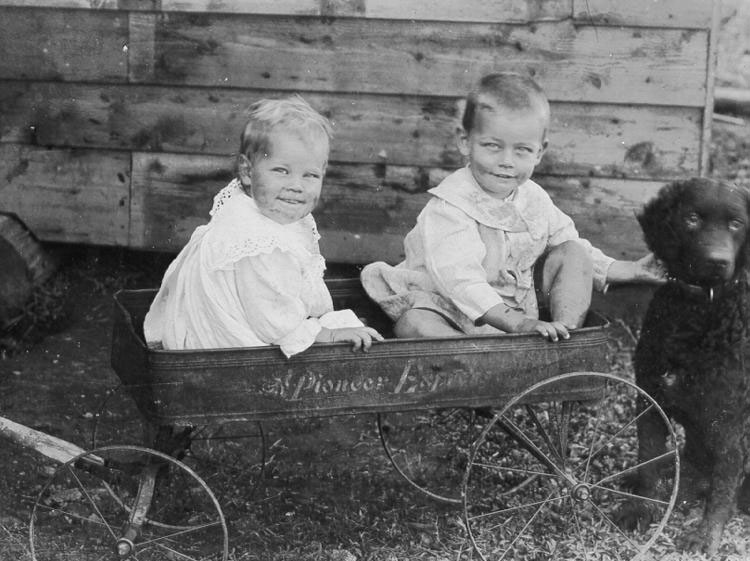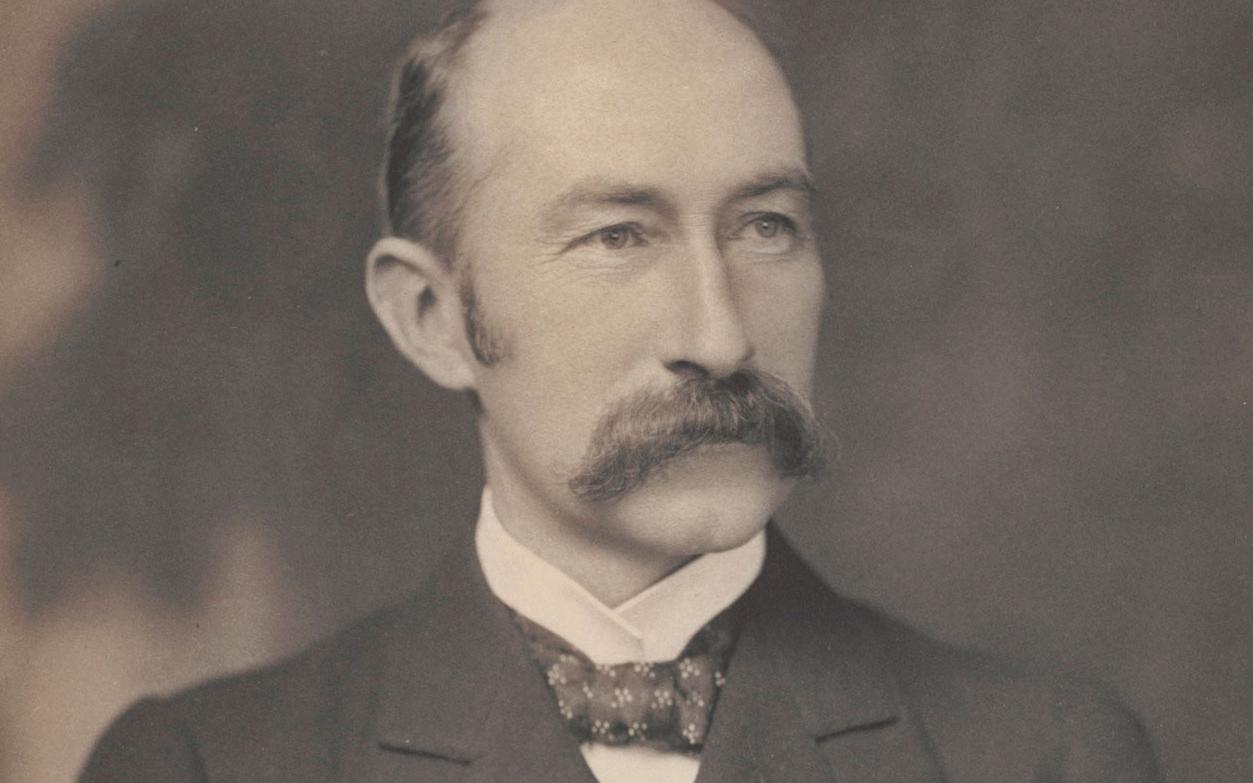Learning module:
Making a nation Defining Moments, 1750–1901
Investigation 3: Ordinary lives
3.5 1900 Bubonic plague arrives in Sydney
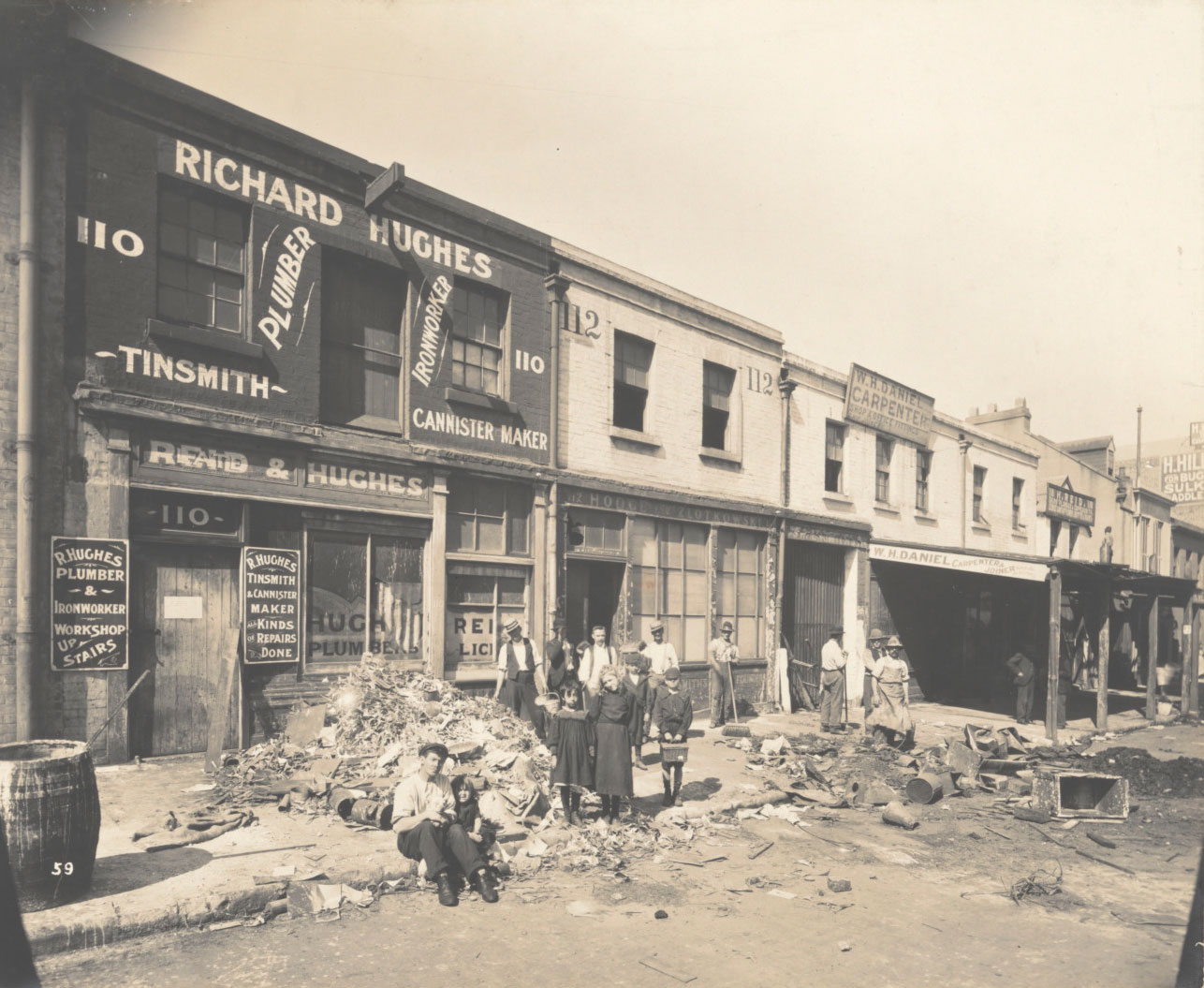
During the nineteenth century more and more people lived in cities. Housing, water and sewerage conditions in working class areas of cities were often terrible.
Overcrowded and unsanitary conditions led to high illness and death rates, and the appearance of that medieval disaster, the Black Death.
1. What is ‘plague’?
2. Why was it called the ‘black death’?
3. How was it spread?
4. Where did the third great bubonic plague start?
5. How did it reach Australia?
6. Why did plague break out in Australia in the crowded port area of Sydney?
7. How did authorities respond to it?
8. What was the plague’s outcome in Australia?
9. Why was its impact limited?
10. What does this event help you understand about how living and working conditions had changed in Australia by 1900?
11. Why was this Defining Moment so significant in Australian history?
12. If you were advising the National Museum of Australia on an object that it could display to tell the story of this event, what would you suggest? (You can see what objects they actually have using the National Museum of Australia collections search)








